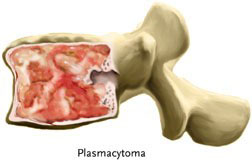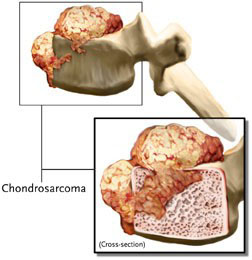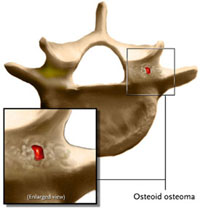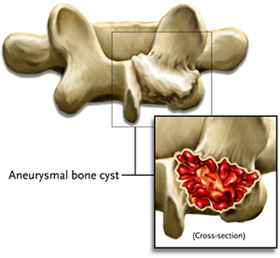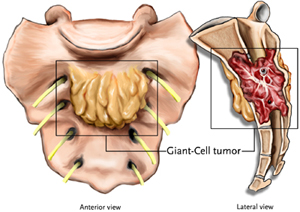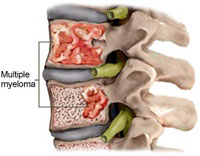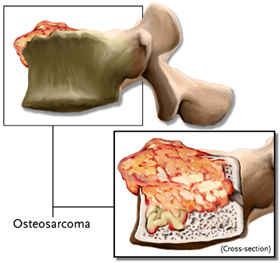A spinal tumor is a benign (non-cancerous) or malignant (cancerous) growth of cells in the spinal cord or surrounding areas. These tumors can compress the spinal cord or its nerve roots so even a noncancerous growth can be disabling without treatment. Cancers and tumors of the spine and spinal cord are relatively rare. Our neurosurgeons have undergone extensive, specialized training and will work closely with your health care team to provide the best possible care.
Types of Spinal Tumors
Benign Tumors
Benign tumors are unlikely to spread to other parts of the body. They can however still be a significant problem depending upon their location, size, adjacent structures, blood supply, and other factors. Fortunately, most benign tumors can be successfully controlled or treated.
Benign tumors that can affect the spine and its surrounding structures:
- Osteoid Osteomas
- Osteblastomas
- Aneurysmal Bone Cysts
- Giant Cell Tumors
- Eosinophilic Granuloma
- Enchondromas:
Malignant Tumors:
Unlike benign tumors, malignant tumors often spread to other parts of the body, and can be difficult to cure or treat.
Malignant tumors that can affect the spine and its surrounding structures:
- Metastatic disease: Any malignant tumor can move from where it originated (metastasize) to bone.
- Myeloma: is the most common primary malignant tumor of bone.
- Osteosarcoma: is the second most common primary malignant tumor of bone, but rarely occurs in the spine.
- Leukemia: neck or back pain caused by cancer growing in the bone marrow.
What Are The Symptoms of a Tumor?
The most common symptom patients with a spinal tumor have is pain. Pain however is a generic symptom and most back and neck pain is not due to a tumor.
- Worsening pain despite treatment and may coincide with fatigue or weight loss.
- Pain may be worse at night, and not unrelated to level of activity.
- Pain in addition to loss of bowel and bladder control.
- Pain running down the legs.
- Be aware of other physical symptoms, such as lumps and bumps, moles on the skin, and any other findings that might suggest that you have a tumor somewhere else in your body.
Risk Factors
A tumor does not usually originate in the spine but rather travels from another part of the body. The spine and vertebral bodies have a rich blood supply and cancer cells can spread to them through the bloodstream. Back pain is usually not the first symptom of a malignant cancer that has originated elsewhere in the body.
Common cancer risk factors:
- Cigarette smoking
- Unhealthy diet
- Chemical and radiation exposure
- Family history of certain cancers such as breast cancer or ovarian cancer
- Over-exposure to the sun.
How Is A Tumor Diagnosed?
Most spine tumors are found as part of a routine diagnostic evaluation for neck or back pain. The combination of a history and physical exam, and the appropriate imaging studies will usually find or exclude the majority of spinal tumors.
- X-rays of your neck or back.
- Bone scan.
- CT scan (CAT scan).
- MRI.
How is a Tumor Treated?
The type of tumor, the extent of involvement of the vertebrae, the location, and the prognosis for the patient are all used to decide what type of treatment is best. This decision is made by the patient and a team of neurosurgeons, oncologists, radiologists and other doctors who specialize in taking care of patients with cancer. Spinal tumors can often be treated with very good results, and the pain significantly alleviated.
- Radiofrequency Ablation
- Surgical excision
- Radiation
- Chemotherapy

